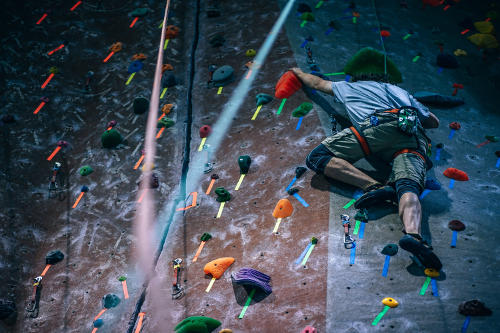If I asked you to visualise yourself meditating, you’d most likely end up with an image of yourself sitting. If you’re practicing some form of sitting meditation, you’re most likely following some time honoured tradition. Meditation practices are probably as old as civilisation itself, with written records reporting practices as old as 3500 years ago. So sitting meditation is the most common form, even if the object of meditation differs by tradition.
In my experience, sitting meditation is important. Whatever technique you use, the act of sitting still provides massive benefits towards stilling the mind and reducing mental noise. And if you’re able to form the habit of sitting daily, the accumulated benefits are enormous. Even occasional, sporadic sitting adds to the strength in your “meditation muscle”.
However, experienced meditation practitioners notice that, beyond a certain point, simply sitting for an hour a day does not move the needle. You reach a plateau where you do not seem to make any progress. For some, this is ok, since the benefits of sitting meditation are sufficient for them. For practitioners looking for the elusive holy grail of human enlightenment or awakening, the plateau can cause frustration.
This is where meditation in action comes in. I want to differentiate between active meditation, and meditation in action. In active meditation, you’re still setting aside a certain period of time (usually an hour) and the sole activity is meditation with some form or movement. The movement (walking, dancing, tai-chi etc.) is the meditation.
Meditation in action on the other hand, is the process of being aware of yourself throughout the day, no matter what activity you perform. You perform all actions with total attention to the activity. So, for instance, if you’re walking, you’re totally aware of yourself when you walk. While brushing your teeth, you pay total attention to all actions associated with brushing your teeth. You’re present while brushing your teeth. The ultimate form of meditation in action is where you’re aware of yourself – your body and associated feelings – while paying attention to all actions, throughout the day.
Warning: Don’t try this with activities like driving, operating heavy machinery, where divided attention can put you in physical danger or even cause harm.
Initially, meditation in action can seem difficult, since there are no habit patterns associated with the activities. There is no “center” so to speak, so there is nothing to hold on to, nothing to focus on. This can cause some discomfort if you’ve only done sitting meditation. Yet, it is important to practice meditation in action daily or at least regularly
Why is meditation in action important? Because, unless you can spread out your one hour of meditation across the day, you’ll find your enthusiasm flagging, and your daily practice can easily become less than daily. Meditation in action, after all, is the goal of meditation. To strengthen and spread your joy and bliss throughout the day.
There is another reason why it is important. You may have noticed that you’re focussed and attentive during your sitting meditation, but as soon as the sitting session is complete, you’re back to the autopilot, unaware, unconscious mode of existence. Basically, every hour you spend in unconsciousness strengthens it, while every hour you spend in awareness, enhances your skill at living in the present.
I’ve also noticed that sitting meditation enhances my skills at meditation in action, and vice-versa. Each of these activities benefits the other, leading to a positive feedback loop where rapid progress can be made.
After all, if your meditation is divorced from your life, there’s no way you’re going to get really far. Even if ultimately, there’s nowhere to go. ?
[mc4wp_form id=”120″]



